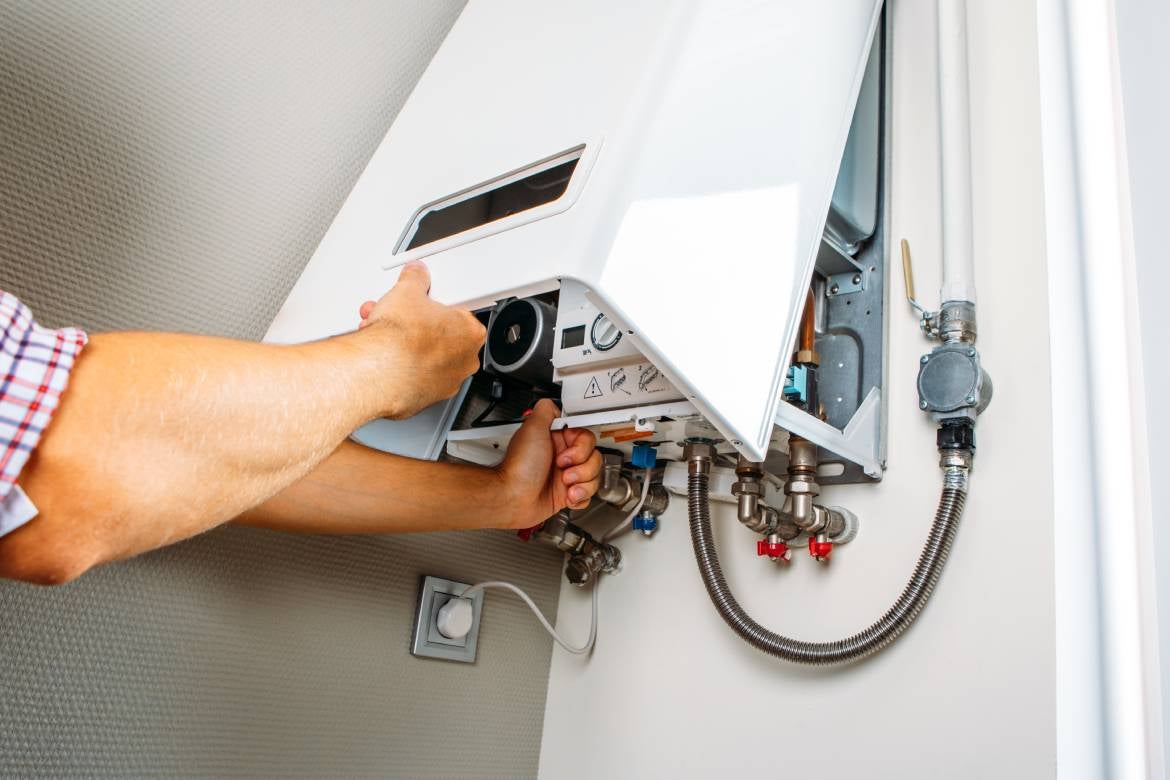Simple Fixes if Your Home’s Water Heater Is Too Hot

An overly hot water heater is uncomfortable and potentially dangerous. Excessively hot water can lead to scalding hazards, inflated energy bills, and unnecessary strain on your appliances.
Fortunately, there are straightforward solutions to address this problem. This guide will walk you through understanding, diagnosing, and fixing the issue, keeping your home safe, comfortable, and energy efficient. Here are a few simple fixes if your home’s water heater is too hot.
Understanding the Basics of Water Heater Temperatures
Before jumping into fixes, it’s important to know why water heater temperatures matter. The recommended temperature for most residential water heaters is 120 degrees Fahrenheit or 49 degrees Celsius.
Anything higher than these temperatures consumes more energy than necessary and increases the chance of burns or scalds, especially in homes with children or elderly residents. However, many heaters default to much higher settings, so assessing your current temperature is the first step. Chances are, if you suspect that it’s too hot, it likely is.
Diagnosing Water Heater Temperature Issues
The next step is to determine what’s causing the water to run too hot. Begin by observing the water’s temperature at the faucet. If the water is significantly hotter than expected, it’s likely the thermostat on your water heater is set too high or malfunctioning. To confirm, use a thermometer to measure the water temperature.
You might also notice that other appliances, such as dishwashers or washing machines, are operating inefficiently. This could be a sign that your appliances might be costing you too much due to overly high water temperatures, placing unnecessary strain on their components. To fix and diagnose water heater thermostat problems, you’ll need to check the thermostat itself for incorrect settings or damage.
Common Thermostat Problems and Their Fixes
Thermostat issues are the most common reason for water heaters running excessively hot. If your thermostat is inaccurately gauging or failing to regulate the temperature, you may need to reset or recalibrate it. Start by switching off the power to your water heater at your breaker panel. Open the access panel on your water heater, locate the thermostat, and use a screwdriver to adjust the temperature dial.
If adjustments to the thermostat don’t resolve the problem, the thermostat might be faulty or damaged. Replacing the thermostat is typically a straightforward DIY fix that can quickly eliminate temperature inconsistencies.
How To Adjust Your Water Heater Temperature
After identifying the cause, adjusting the water heater temperature is a simple task. For electric water heaters, you’ll find temperature controls inside the access panel. For gas-powered heaters, the control is usually located on the thermostat near the base of the unit. Rotate the dial or adjust the electronic settings until you reach the desired temperature—should be around 120 degrees Fahrenheit.
Make sure to check the temperature again after adjustment to confirm your settings have been applied correctly. Also, allow the water heater to stabilize a few hours before testing the hot water taps.
By diagnosing and fixing water heater thermostat problems, adjusting the temperature, and understanding the energy impacts of overly hot water, you can improve your home's safety and efficiency. Don't overlook these simple fixes if your home’s water heater is too hot.
